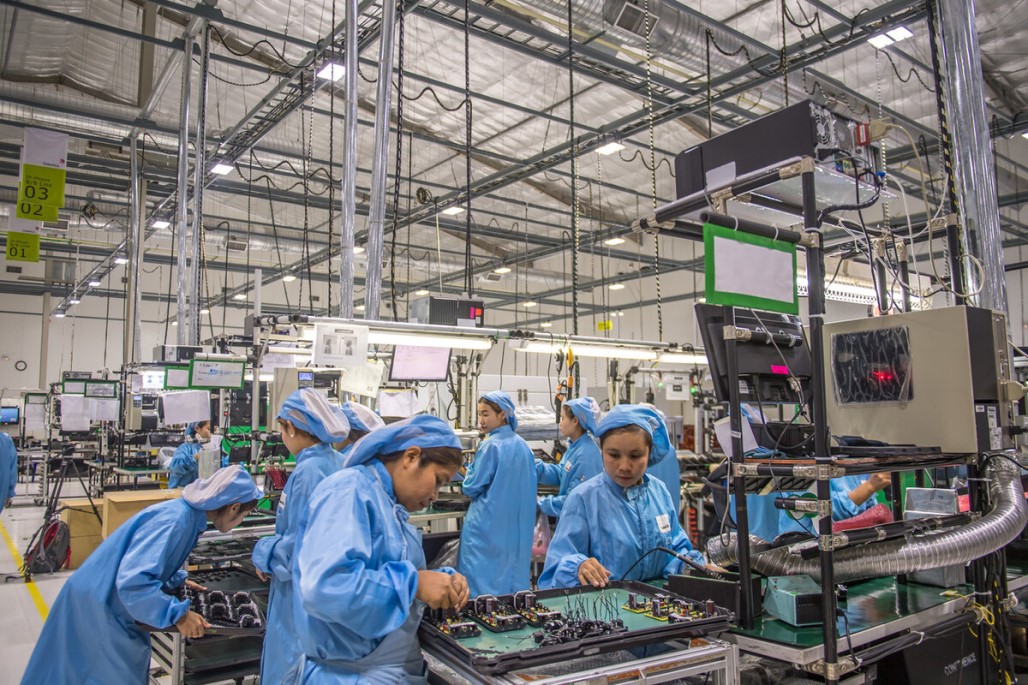ASEAN economies must strengthen their positions in global value chains to bolster resilience against new challenges including future pandemics, geopolitical instability, and climate change, says a new report by the Asian Development Bank (ADB) launched on the sidelines of the Southeast Asia Development Symposium (SEADS) in Bali, Indonesia in March.
As “factory of the world,” Asia, including Southeast Asia, produces so much carbon emissions and must decarbonize to remain competitive.
“As ASEAN countries continue their recovery from COVID-19, we must ensure that economic revitalization happens in a greener and more sustainable way,” said ADB President Masatsugu Asakawa. “This report proposes concrete measures that governments and businesses can adopt to decarbonize global value chains. Investments in renewable energy and improved efficiency, incentives to reduce trading costs for climate-smart goods, and the acceleration of digitalization can all contribute to greener and more sustainable value chains in ASEAN and beyond.”
The report finds that global value chains proved more resilient to the impacts of COVID-19 than expected, even as firms had to adjust to the disruption, given their dependence on only a few suppliers for essential inputs and goods. As such, the region needs to build stronger resilience in its global value chain segments while expanding trade, investment, and regional integration.
The benefits of a green economy
“The benefits far outweigh the cost of going green,” said the report’s lead author and ADB Principal Economist for the Southeast Asia Regional Department James Villafuerte in a Q&A article.
He said ASEAN economies need $50.1 billion a year in investments to meet their nationally determined contributions (NDCs) under the Paris Agreement. Failing to meet their NDCs, however, will cost more at $306 billion based on the social cost of carbon emissions. On the other hand, he says achieving their NDC targets can save the region $256 billion or “five times the estimated GDP losses in a year.”
“The recent surge in energy and commodity prices and the planned 2026 implementation of the Carbon Border Adjustment Mechanism—a carbon tariff on carbon intensive products, such as cement and some electricity imported by the European Union—have made decarbonization of GVCs more urgent,” Villafuerte also said. “ASEAN policy makers and businesses must act.”
Opportunities amid risks
The best case is that policies promoting decarbonization also strengthen ASEAN’s global value chains. They should accelerate trade digitalization and promote climate-smart trade, green transport infrastructure, and carbon pricing.
The report notes that stakes are high for ASEAN economies. Recent global shocks and geopolitical trade protectionism could disrupt growth in ASEAN and elsewhere. It explores the sizable policy impact and benefits of deepening Asia’s trade cooperation and expanding it to include other regions.
The report also found that the competitive advantage of employing low-skilled labor is diminishing as new technology continues to upgrade global value chains. It is therefore imperative that the region creates a critical mass of workers equipped with new technology and technological skills.
SEADS, ADB’s annual flagship knowledge event in Southeast Asia, gathered leaders from government, industry, academia, and other sectors to explore innovative solutions to critical development issues, such as climate change and technology development, on 30 March. This year’s event, “Imagining a Net-Zero ASEAN,” focused on how the region can make the transition to net zero and achieve climate resilience while ensuring economic prosperity.
